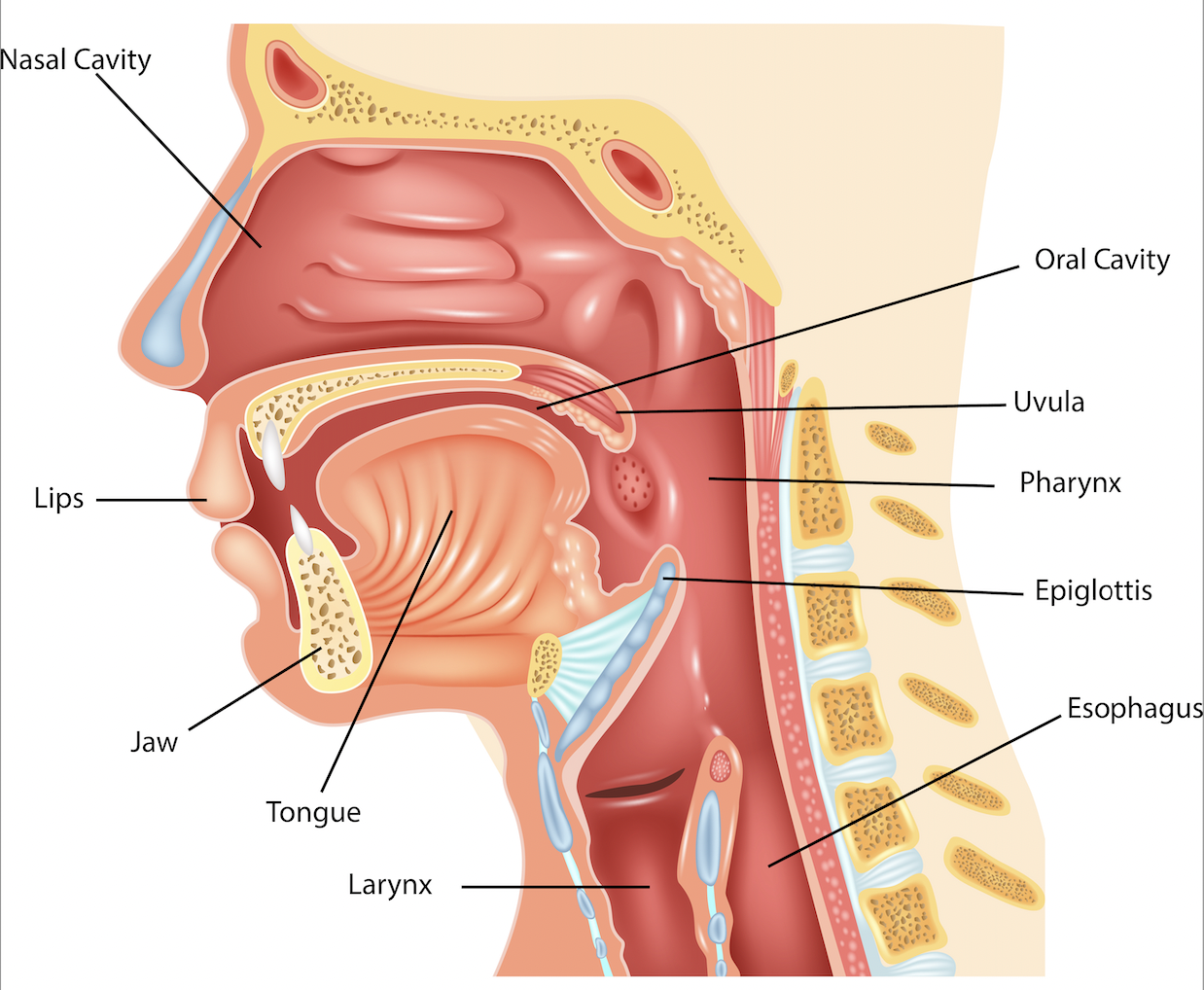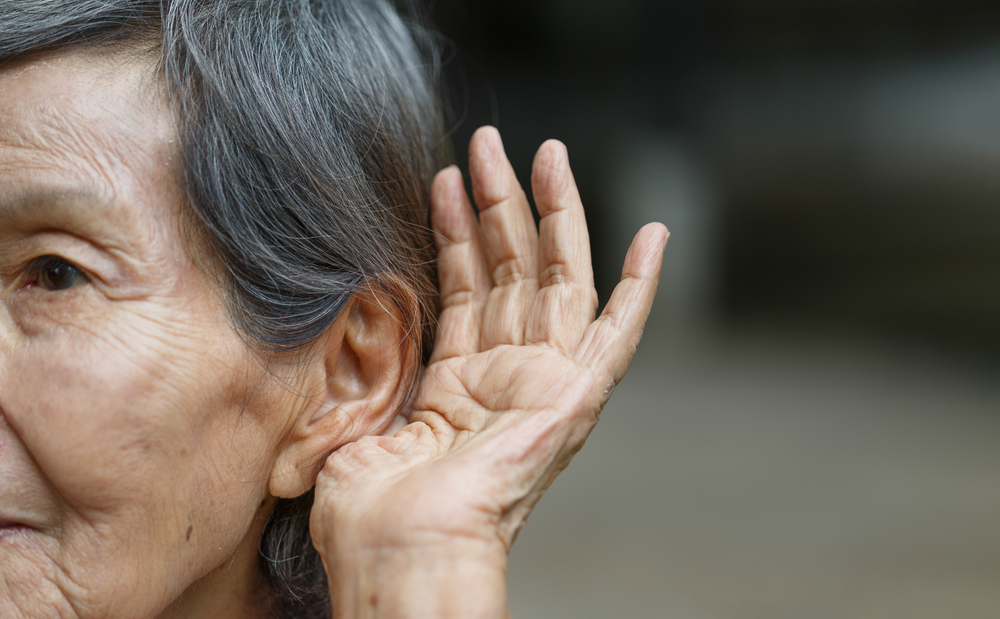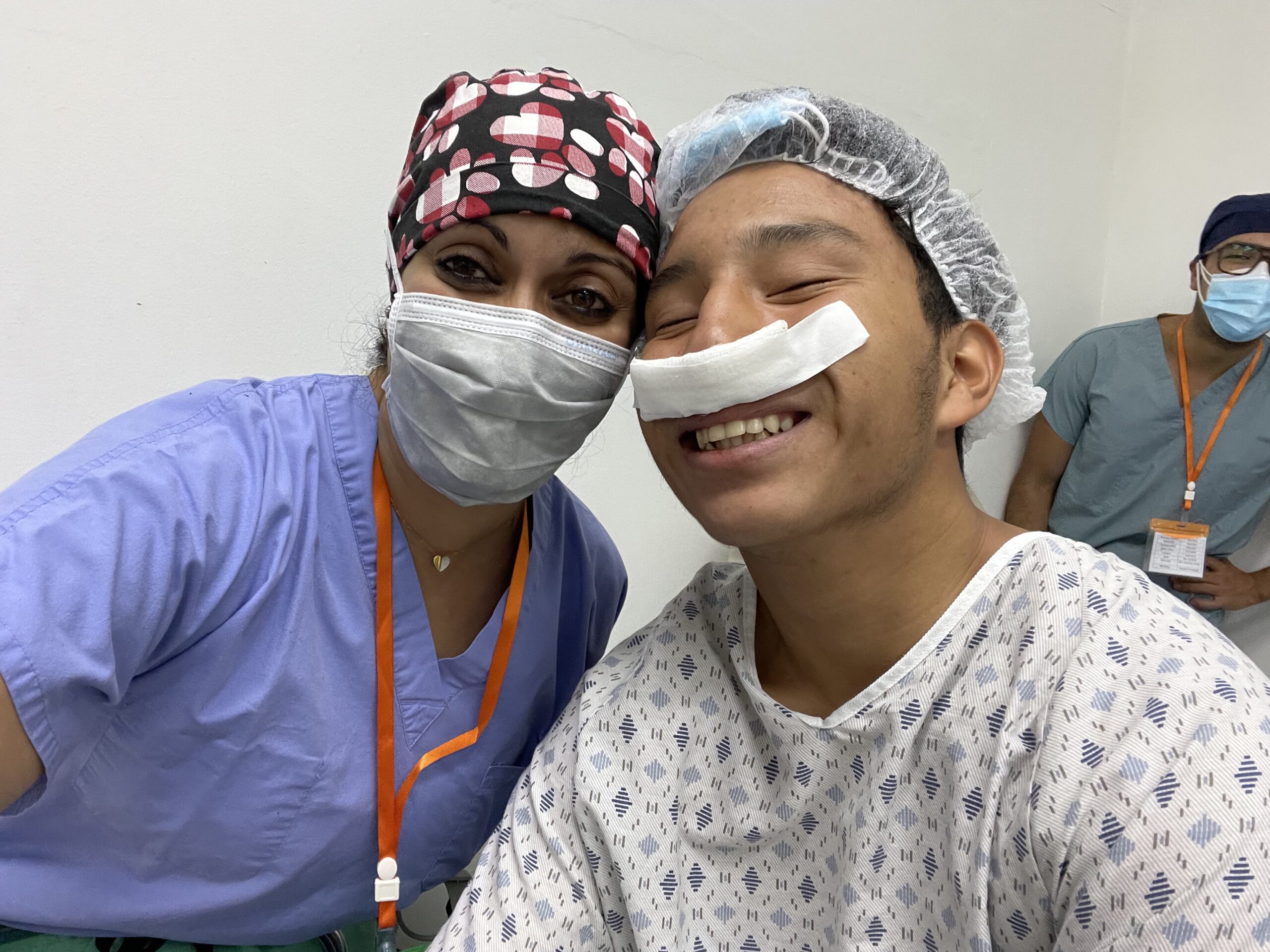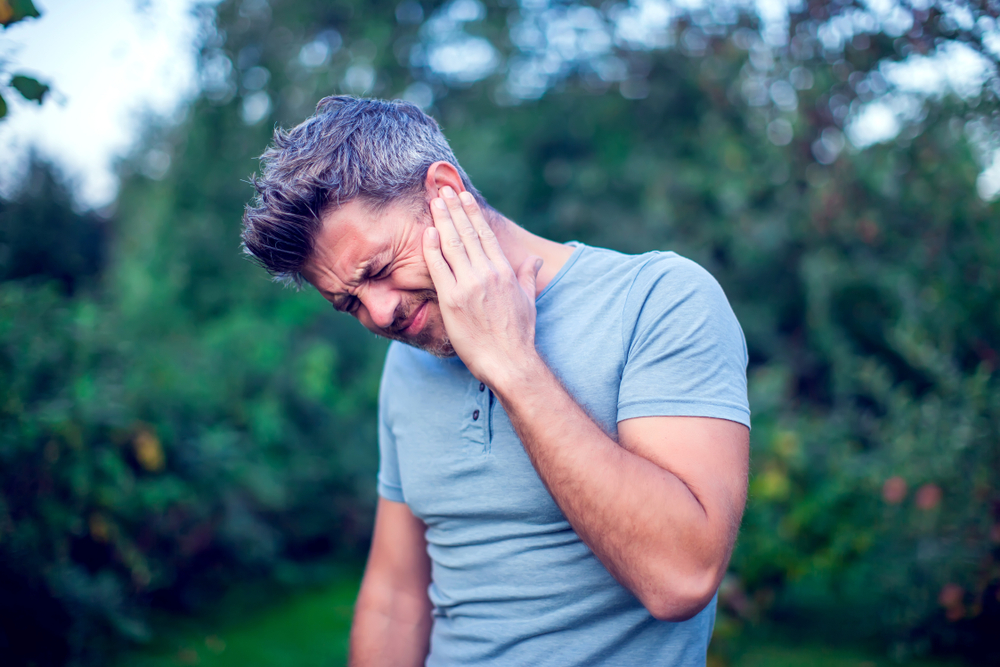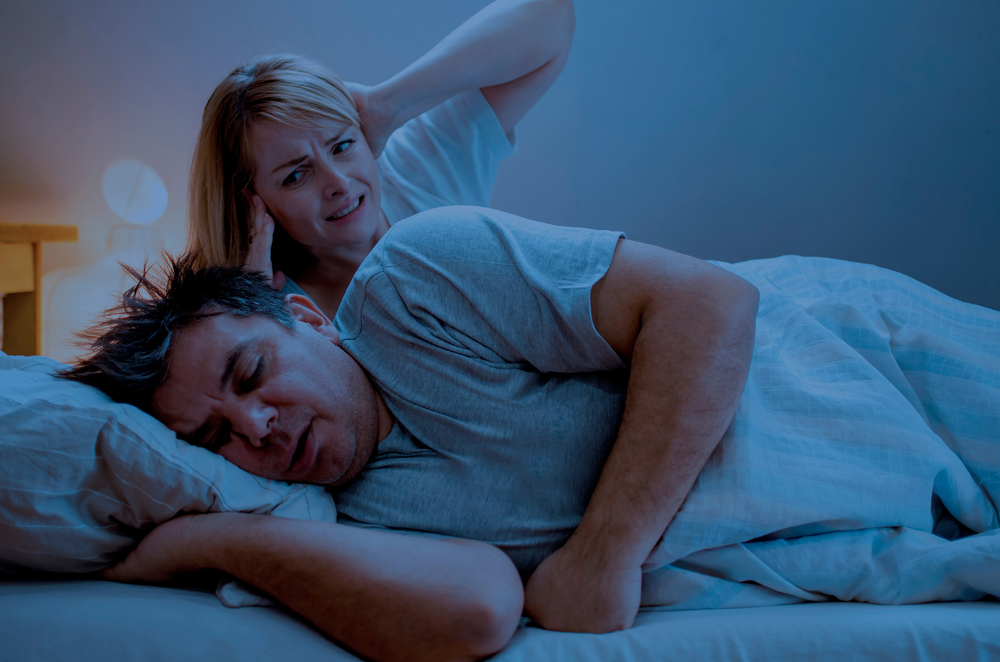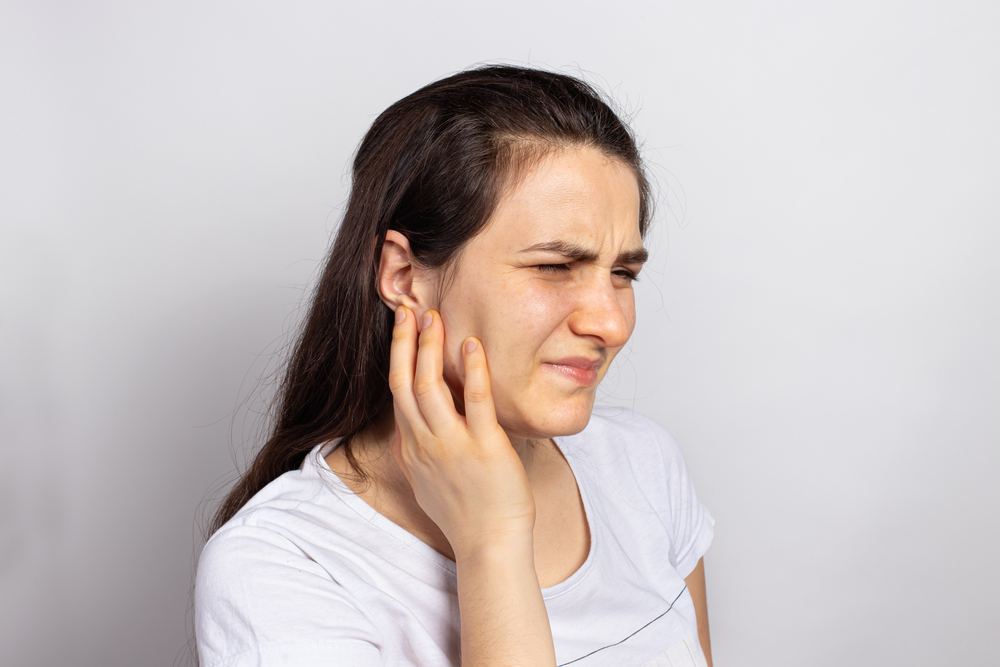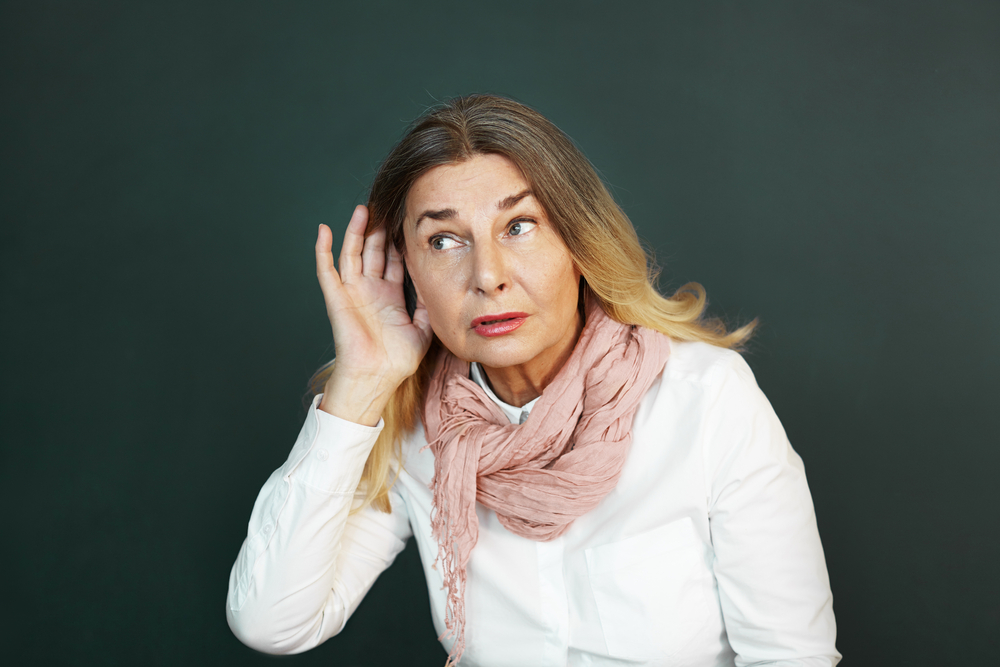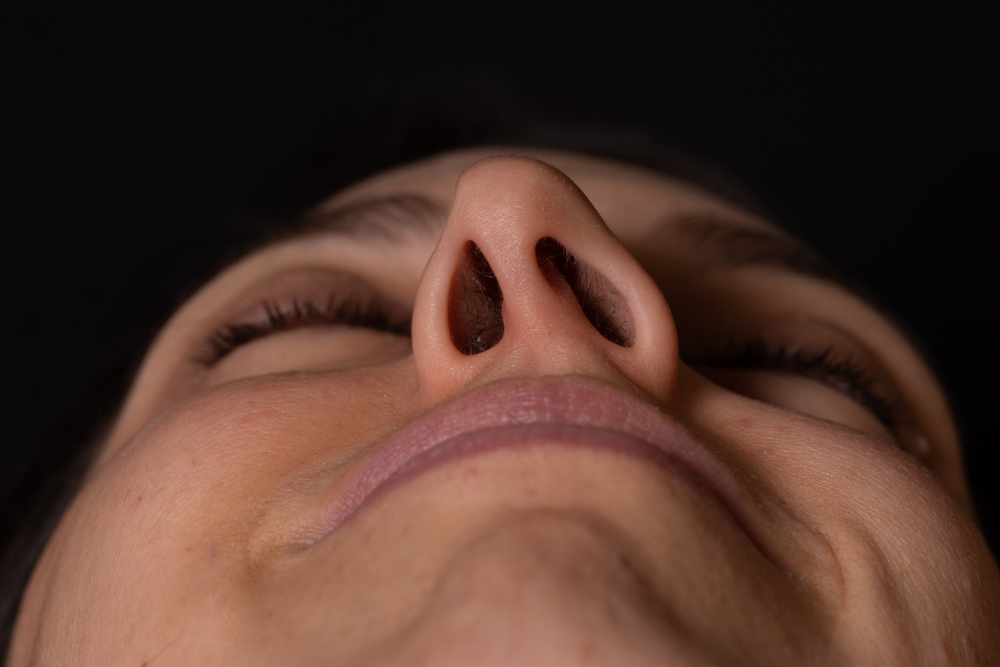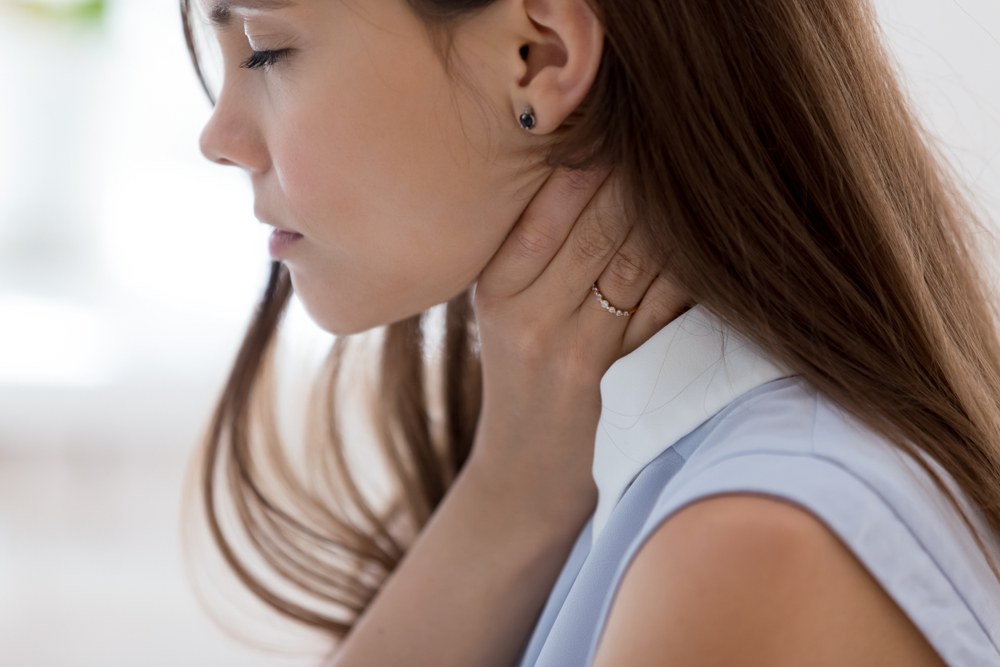Causes of a Frequent Hoarse/ Raspy Voice
A hoarse/ raspy voice can be caused by various factors, including common illnesses like a cold or sinus infection, or more specific conditions such as laryngitis, which occurs when your vocal cords swell due to allergies, a cold, or an upper respiratory infection.


